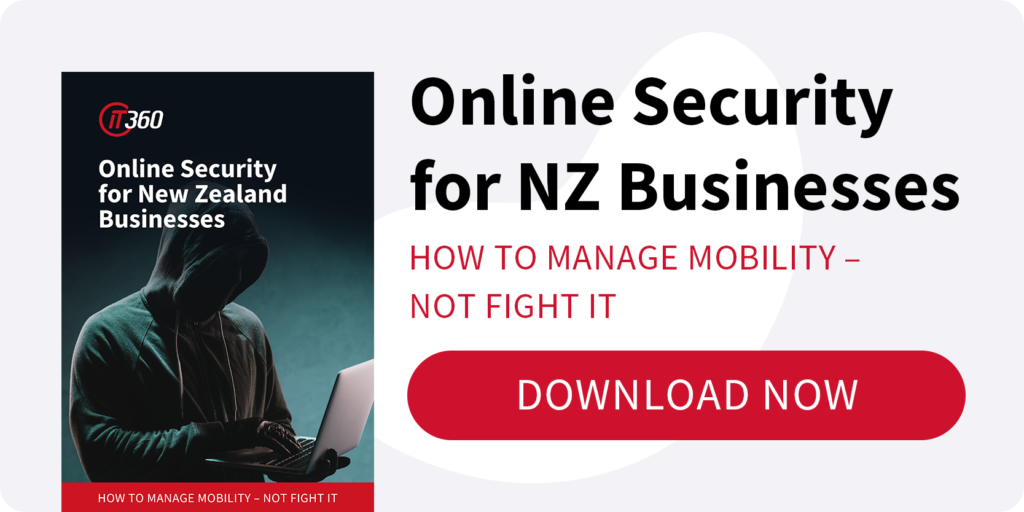A mobilised workforce no longer just means handing out cell phone to your employees. In fact, using IT to mobilise and manage your workforce is about available capabilities that many are still very unaware of.
4 Questions You Need to Ask Yourself to Manage Your Mobile Workforce
1. What could it mean for your business?
From increased productivity to greater visibility and management over tasks, a mobilised workforce enables everyone to be more flexible about where and when they work – a benefit for your business as well as your employees.
Imagine field reps not having to collect information to send back to the office for someone else to input into a database, or those who travel a lot not having to worry about missing out on access to important documentation for their role.
There really is no end to the benefits available to those organisations who promote and encourage a mobilised workforce.
Outside of the internal business unit, it also allows you to meet the increasing demand for mobility from consumers, customers and clients. Not being up-to-date with current trends in technology will mean inconvenience for those who deal with your business or organisation, and if it’s not easy, then it may not be worth returning for.
Read more: How to: Use IT to increase business profitability
2. What kind of technology do you need?
You need to think past just the hardware, as software and other online applications will also be required in order to mobilise your workforce. Once you do start your search for the right technology for your business, it can be hard to not be overwhelmed by the possibilities available – but this is where you head back to your strategic plans, and work out what goals you have in place.
Once you re-focus on them, you will have a clearer picture on what it is you actually need – rather than just choosing something for the sake of it being a fancy application or gadget.
3. What are the risks associated with a mobile workforce?
From logging into company systems from a home computer, to exposing data via public internet access, there are plenty of risks that come with a mobilised workforce.
But like anything that exposes our businesses to outside threats, as long as we are prepared and have a plan of action in response to them, then it isn’t something that should get in the way of advancing an organisation through technology.
Take a look at these 21 tips to avoid getting hacked.
4. What if you need something a little bit special?
Again, this goes back to what kind of technology you actually need for your business to function. If you have a standard operating system then there is probably already something out there to cover your needs.
But if you have a niche service or product, then it may be a case of having to develop something specific for your organisation – which is okay! This is a very common occurrence and happening on a daily basis for those businesses who are forward-thinking about what technology could do for them.
How Do I Plan My Mobilisation?
Working your way through these seven key points, ask yourself ‘how would further mobilisation affect…’
- Productivity
- Collaboration
- Applications
- Connectivity
- Security
- Data
- Management
Once you have some clear considerations around how a mobilised workforce could benefit your business, create a series of strategic action points to work towards achieving those technology goals. This way you can ensure you track progress, ROI, and have clear measurements to show your businesses growth and change.
——-
Keen to understand more about Online Security Protection for New Zealand businesses? Download our latest eBook – it’s FREE!



